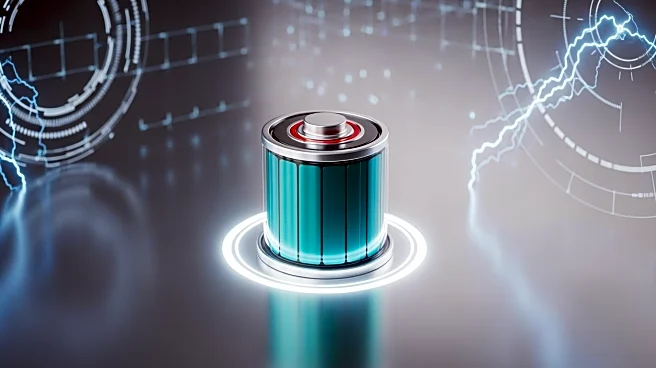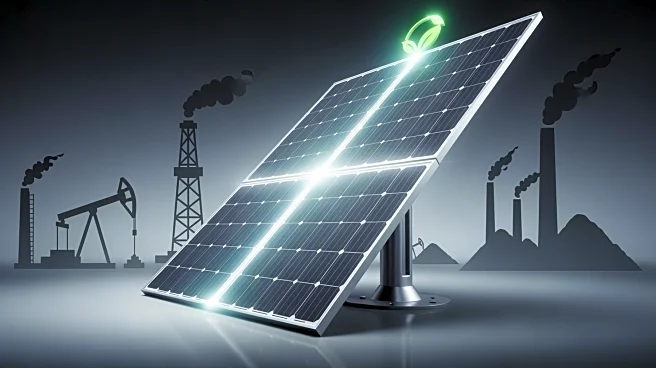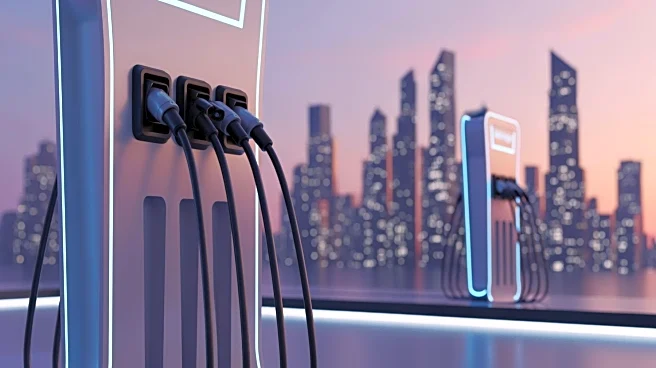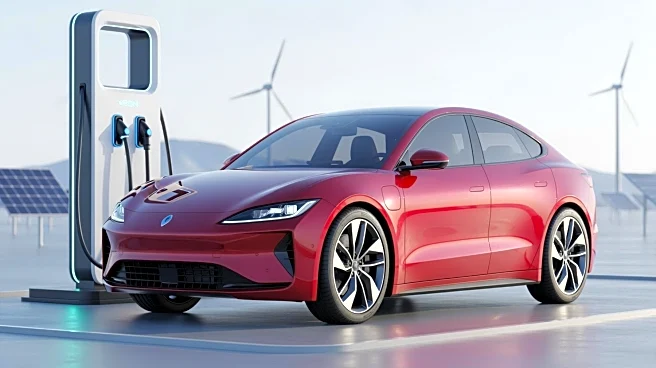What's Happening?
Ford Motor Co., through its head of global charging and energy services, Bill Crider, is emphasizing the importance of clear regulatory definitions for next-generation electric vehicles (EVs) that offer
bi-directional charging capabilities. These vehicles can potentially discharge power back to the grid, enhancing grid resilience and renewable energy integration. However, the current interconnection process for these systems is cumbersome and vaguely defined, posing a barrier to widespread adoption. Ford advocates for a distinction between 'bidirectionally capable' and 'bidirectionally enabled' EVs to streamline the interconnection process and reduce unnecessary burdens on customers and utilities.
Why It's Important?
The push for clearer regulations is crucial as it could significantly impact the adoption of advanced EV technologies in the U.S. By differentiating between capable and enabled EVs, utilities can reduce administrative overhead and costs, encouraging more consumers to adopt EVs with bi-directional capabilities. This could lead to a more resilient and efficient energy ecosystem, benefiting both the grid and consumers. Automakers and utilities stand to gain from increased EV adoption, while consumers could enjoy savings and enhanced energy security.
What's Next?
Utilities are encouraged to adopt differentiated terminology and tiered interconnection processes to facilitate the integration of bi-directional EVs. Collaboration with automakers is essential to understand activation mechanisms and safety protocols, ensuring a safe and reliable grid. Educating consumers about these technologies and regulatory requirements will be key to fostering trust and encouraging responsible adoption.
Beyond the Headlines
The development of clear regulations for bi-directional EVs could lead to long-term shifts in energy policy and consumer behavior. As more EVs enter the market, the distinction between capable and enabled systems could drive innovation in energy storage and distribution, potentially transforming the U.S. energy landscape.











